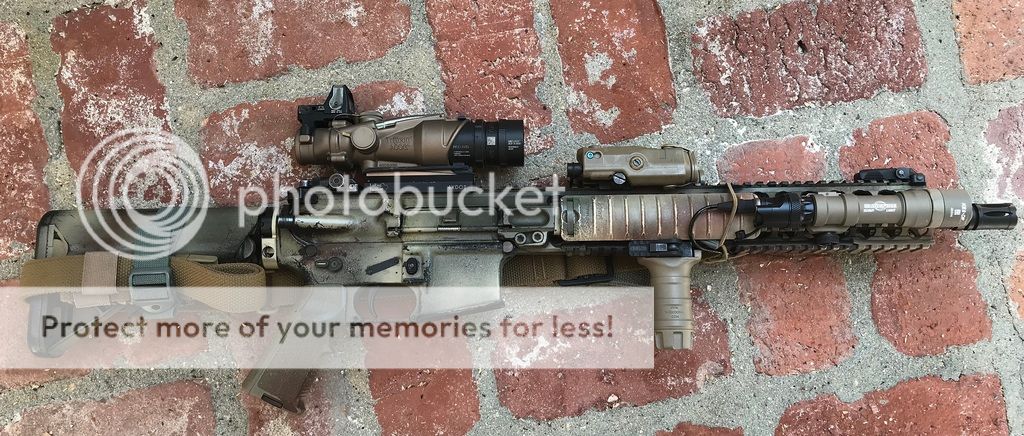A few weeks ago, LMT made a post on their facebook page showing what they refer to as early production MRP CQB uppers, and mentioned how the early models were billet produced. The actual copy/paste is "Throwback Thursday! Early MRP and CQB monolithic uppers. Fun fact: our early MRPs were billet produced. A lot of quality CNC machining went into these. #lewismachineandtool #lmtdefense #mrp #monolithic #quadrail #cnc #billet #og"
What is the production process for current MRP uppers, and how does it differ from the older method of billet machining? Is there any advantage or weakness in either version? I'm just unclear on why they would have changed the manufacturing process, and if that makes a stronger product now then they used to offer.



 Reply With Quote
Reply With Quote






Bookmarks